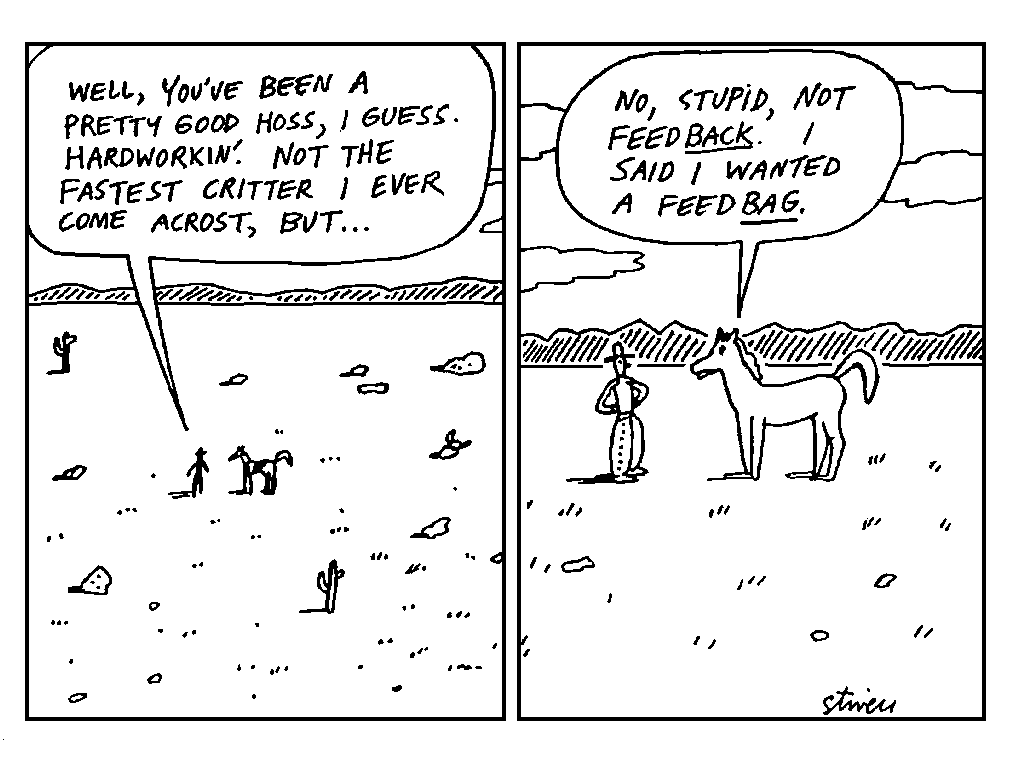This post is part of the 30-Day Blog Challenge from TeachThought. To learn more about the challenge go to www.teachthought.com/teaching/reflective-teaching-30-day-blogging-challenge-teachers/.
DAY 30: What would you do (as a teacher) if you weren’t afraid?
I've often dreamt what learning in the classroom could look like if there weren't any outside influences exerting expectations. I'm not sure if being afraid is what's holding me back from realizing this dream, but rather the traditions of how "school" is done. I suppose I could throw caution to the wind and implement these changes, but I'm pretty sure my job would be in jeopardy if I did. So on second thought, maybe fear does play a role in this...
My ideal classroom would be free of standards, units, assignments, and assessments. Students would pursue their interests without any limitations in content. They'd use technology to explore content, connect with people outside of the school building, and create products that they could share with others.
My ideal classroom wouldn't be called a "science class" because students would be reading novels, writing plays, creating art, researching historical events, and manipulating mathematical equations, all in support of their science interests. The classroom would be truly interdisciplinary.
My ideal classroom would have a two-way door, through which students could exit often to explore what they wanted learn from the community, and through which the community could enter to interact with and share expertise with the students.
My ideal classroom would have students engaged in work that is relevant for themselves and the community. Creating products that have a purpose, engaging a real-life audience, and providing community service would be natural components of each student's learning process.
My ideal classroom would allow me to be a mentor for my students, guiding their learning, helping them to ask probing questions, getting them connected with the resources and people they need to pursue their interests.
Most importantly, my ideal classroom would be built upon the philosophy that human beings are naturally curious, and as a teacher in this classroom I would do everything in my power to cultivate that curiosity. Because of this mindset, students would become life-long learners, not just Biology students.
Photo from Ragesh Ev on Flickr. Licensed via Creative Commons.









.jpg)



















